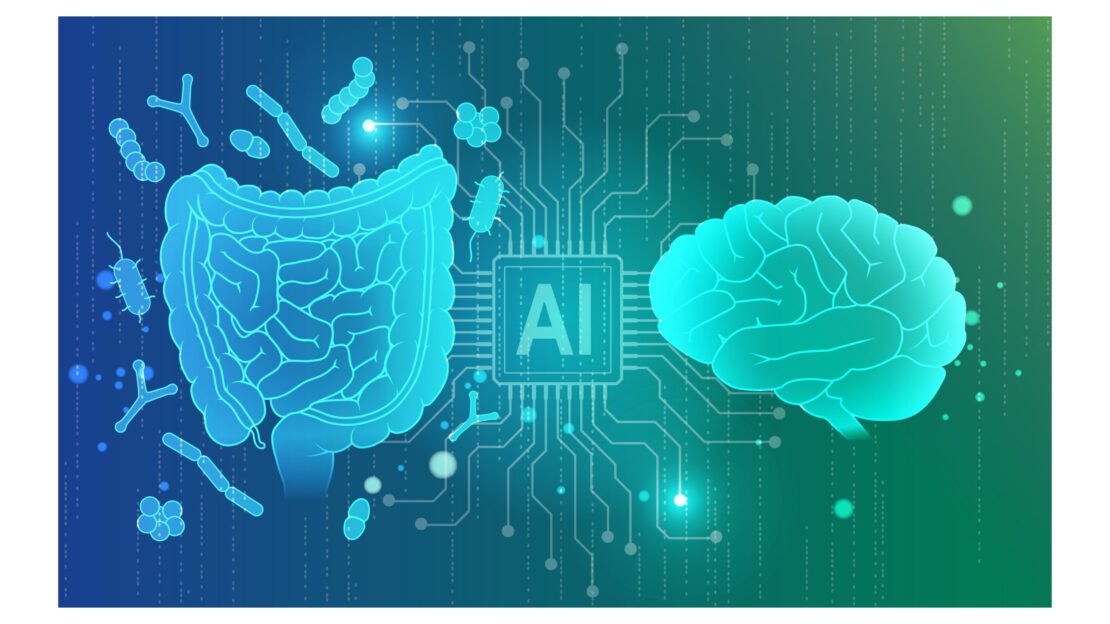Parkinson’s disease: gut microbiome reveals environmental chemical footprints

New meta-analysis uses machine learning tools to explore links between the gut microbiome and Parkinson’s disease
Summary
- This study provides the most up-to-date view of the PD microbiome and a strong foundation for future diagnostic strategies.
- A large-scale meta-analysis of nearly 4,500 Parkinson’s disease (PD) patients’ samples revealed significant gut microbiome alterations.
- Researchers used machine learning to find Parkinson’s disease links within a massive microbiome dataset.
- This large-scale analysis allowed them to identify Parkinson’s-associated bacteria and metabolic functions, including those related to inflammation and increased gut permeability.

Parkinson’s disease is a progressive and common neurodegenerative condition, typically characterised by involuntary shaking, stiffness, and slow movement. Beyond these motor symptoms, individuals often experience a range of non-motor issues, including significant gut problems such as constipation, inflammation, and increased intestinal permeability. Intriguingly, these gut disturbances can manifest decades before the onset of motor impairments, which has sparked considerable interest in the gut microbiome’s potential role in understanding, diagnosing, and even developing new treatments for the disease.
Several studies examining the microbiome of people with Parkinson’s consistently show differences from a healthy microbiome. However, findings often vary, which isn’t unusual in microbiome research given the diverse methodologies and inherent global population differences. While a previous meta-analysis from the Quadram Institute did combine data to identify some common features across continents, a clear consensus on the specific microbes characterizing the Parkinson’s microbiome remains elusive.
Analysing the trillions of microbes in the gut microbiome generates an enormous amount of data. To find patterns that might help detect Parkinson’s disease, researchers are increasingly using machine learning. This field of Artificial Intelligence applies statistical methods to identify and learn from large datasets, enabling predictions on new information. While some initial studies are promising, showing up to 90% accuracy, the true test will be how these prediction models perform on samples from diverse, independent populations.
Recently, scientists from the Quadram Institute and EMBL recently conducted a major study, analysing nearly 4,500 patient samples, to reveal significant changes in the gut microbiome of people with Parkinson’s disease. This study provides the most comprehensive look yet at the gut microbiome’s alteration observed in Parkinson’s. By using machine learning on data from 22 studies worldwide, the team identified specific types of bacteria and their metabolic activities consistently linked to Parkinson’s.
An intriguing connection to xenobiotics
One of the most striking discoveries was the enrichment of microbial pathways involved in the biochemical transformation of xenobiotics – chemicals foreign to the body, such as pesticides, solvents, and pollutants. “The discovery of this signature in the gut microbiome of PD patients suggests that the microbes might have been in contact with these compounds. Those findings are very interesting because they actually align well with current epidemiological data indicating that exposure to these chemicals might increase the risk of developing PD” commented Stefano Romano, first author of the study, who contributed to the research at both EMBL and the Quadram Institute.
The precise implications of this enrichment are still being explored. “It is intriguing to hypothesise that the composition of the gut microbiome might be altered as a consequence of exposure to these chemicals. Or could the breakdown of these chemicals by the microbiome change their known effects on the neurons in the brain? And could this be a protective effect, or could the process increase the neurotoxicity of these chemicals?” pondered Dr. Georg Zeller, senior author of the study, based at EMBL. “More research is needed to understand the molecular mechanisms of how gut microbes transform these chemicals.”
Beyond chemical breakdown: inflammation and permeability
The analysis also revealed hallmarks of pathogenic bacteria associated with infection-like processes. These could contribute to inflammation and increased permeability – or ‘leakiness’ – of the gut lining. A compromised gut barrier might facilitate the translocation of bacterial products and potentially toxic compounds (e.g. xenobiotics) from the gut into the body, and possibly even into the brain and central nervous system.
However, it’s uncertain which xenobiotics led to this microbiome signature, and we can’t rule out Parkinson’s medication as the cause of the observed effect. Additionally, the consequences of the microbiome’s enhanced ability to break down these substances remain unknown.
A foundation for future diagnostics and therapies
This large-scale meta-analysis underscores the power of combining diverse datasets and machine learning to overcome the challenges of microbiome research. While individual machine learning models often struggle to generalise across different studies, training models on data from numerous studies simultaneously significantly improved their ability to identify Parkinson’s-related microbiome changes universally.
“By leveraging large amounts of data we’ve provided the most up to date view on the gut microbiome’s taxonomic and functional characteristics robustly associated with Parkinson’s disease” commented Dr Romano.
Arjan Narbad from the Quadram Institute highlighted the broader implications: “There is increasing evidence on the role of gut microbiome in the aetiology of Parkinson’s disease, but variation in individual microbiomes makes it difficult to pinpoint the specific microbes most likely to be involved in disease processes. Combining the use of machine learning with in-depth metagenomic sequencing using large cohorts provides a promising basis for diagnosis and therapeutic potential.”
This research, published in Nature Communications, paves the way for further investigation into the intricate mechanisms linking our individual gut microbiomes to Parkinson’s disease risk and potential protective strategies.
The research was supported by the Biotechnology and Biological Sciences Research Council (BBSRC), part of UKRI, EMBL, LUMC, the Federal Ministry of Education, and the Deutsche Forschungsgemeinschaft.
<Adapted from a press release from the Quadram Institute>




